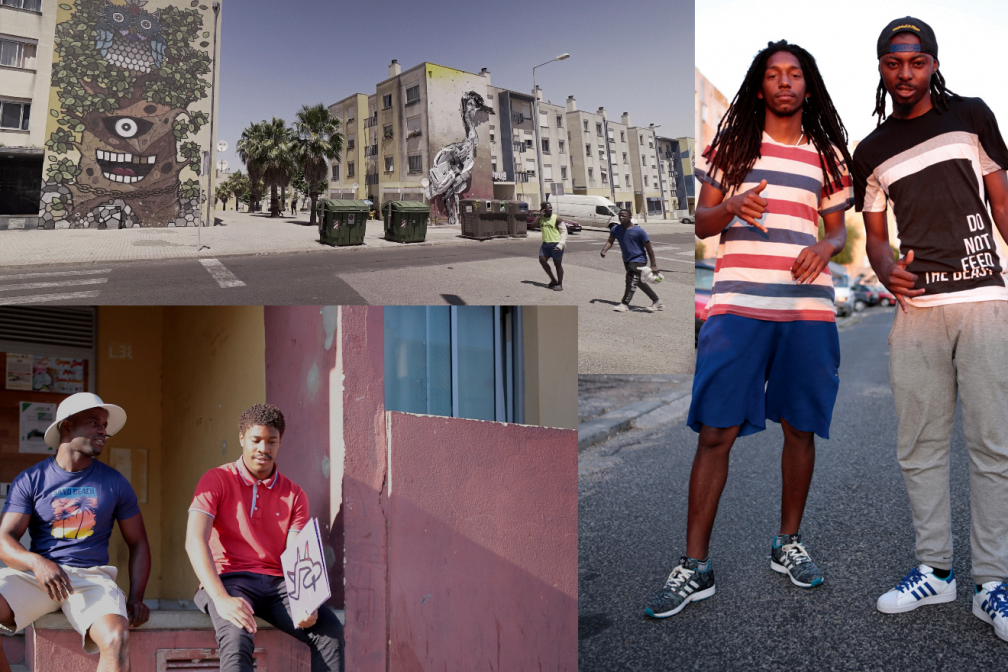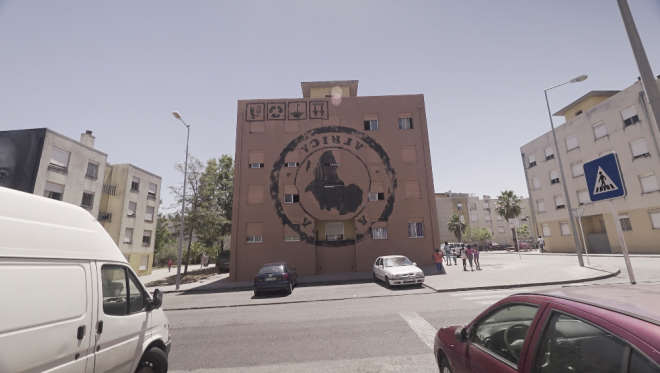 Features
Features
Cargaa Cult
The Quinta do Mocho housing estate outside Lisbon is the cradle of a uniquely African take on techno
Crews sprung up. While many producers came from inside Quinta do Mocho, there were also the likes of NK and DJ Fofuxo, living further afield and swapping tunes online. As with Nervoso, their style was rooted in kuduro, taking the Angolan sound and rejecting the poppy elements, leaving hard, lean rhythms that hurtled along at 140 bpm. "Bringing the raw spiritual direction" is how NK puts it.

In the ghetto this proved hugely popular, and when, in 2006 Marfox, NK, Nervoso, Fofuxo, DJ Jesse and DJ Pausas released a free compilation called 'DJs Di Guetto' the scene had a clear statement of intent. But outside of the 'hood, the sound carried a stigma that lingers to this day.
"When I had the opportunity to play the African clubs," Marfox recalls, referring to Lisbon's few African-owned clubs in the city centre, "the owners would ask me not to play my own productions because they would cause trouble. They thought my music generated violence – which it didn't. The music generates a euphoric mood, but promoters assumed that the people dancing would get so wild they'd pull the club down, so they started blocking DJs playing."
Nervoso agrees. "I wasn't allowed to play after 3am in the African clubs – they thought there'd be fights and disruption if I played."
This led to a strange impasse. There was a flourishing scene of producers, and younger kids were breaking through; DJ Firmeza, who continued Nervoso's minimal percussive style, DJ Maboku, from the Northern Bairro do Pendão who, along with Lilocox, introduced more overt melodic content, and Nigga Fox (one of the many who took up using the ~Fox suffix, in homage to Marfox), whose freakish, off-kilter rhythms pushed the kuduro template into something quite bizarre. The creativity was there. The gigs weren't. There were no clubs willing to risk playing this music outside the ghetto, and the scene was trapped in a bottleneck.


